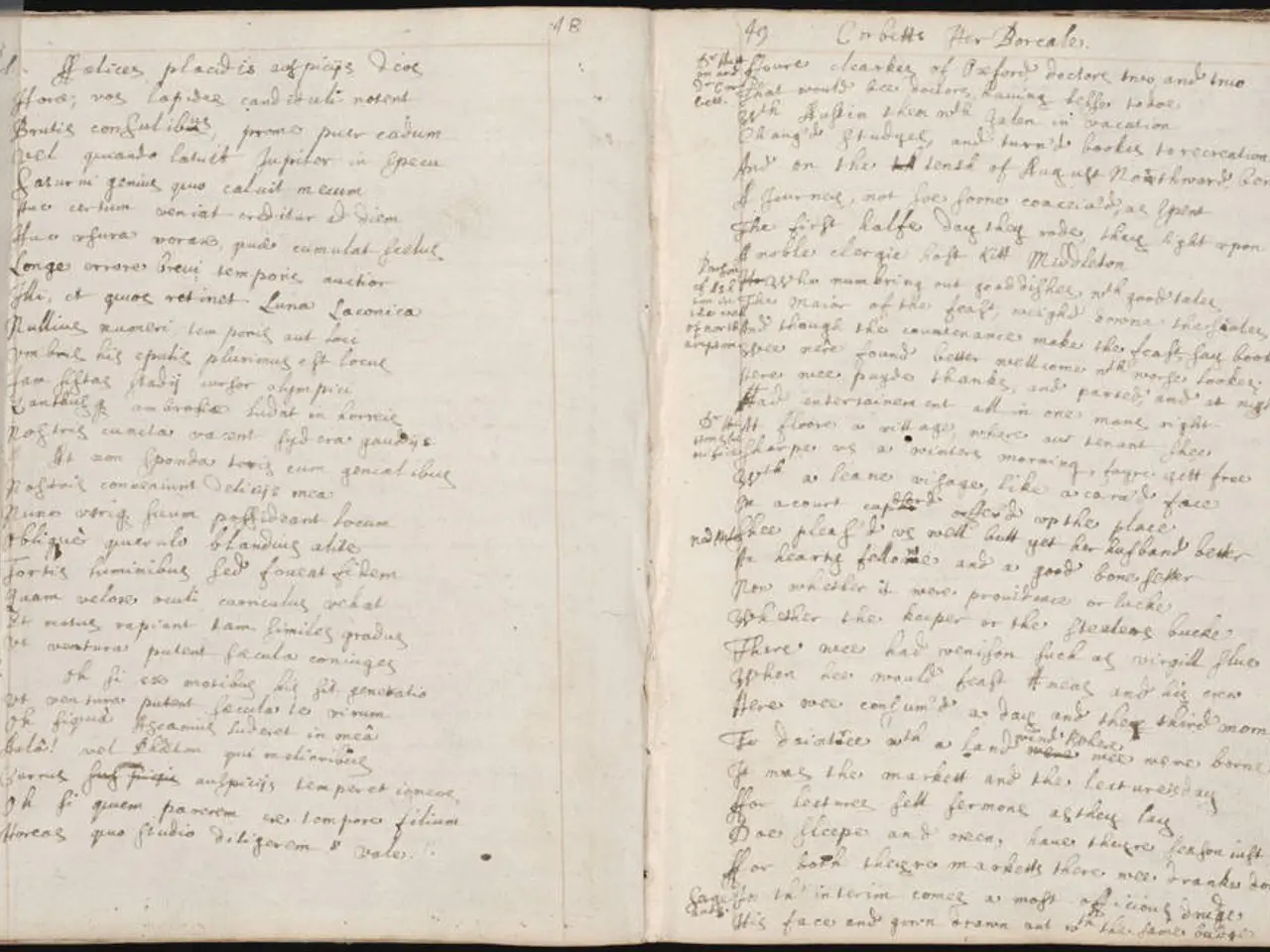Astrology forecast: insights on potential outcomes based on celestial positions
The Maramataka, a traditional Maori lunar-stellar calendar system, is deeply rooted in mātauranga Māori (Māori knowledge), connecting lunar phases, stars, and environmental signs to guide life activities and environmental understanding. This ancient knowledge system has been practiced by Māori for centuries, integrating observations of the moon, stars, and natural phenomena with seasonal environmental changes.
The Maramataka reflects the interconnectedness between the land (whenua), ocean (moana), and sky (rangi), reinforcing the concept of mauri—the life force or energy flow linking people and nature. Regional variations exist, with different iwi (tribes) basing their Maramataka on local environmental cues, such as the arrival of migratory birds or the flowering of native plants, demonstrating its deeply local and ecological specificity.
The Maramataka guides practical aspects of life, including the timing for planting crops, harvesting food, fishing, and seasonal eating, often aligned with the appearance or rising of particular stars linked to seasonal indicators. For example, in the Manukau region, the arrival of godwits and the migration of eels are signals embedded within the calendar guiding seasonal activities. The alignment or misalignment of multiple signs—such as flowering trees, star risings, and sea life conditions—alerts communities to natural balance or imbalance, prompting them to adapt their activities to restore harmony in the environment.
Recent scientific research has explored the application of the Maramataka in diagnosing and adapting to environmental changes in new and extreme environments, such as Antarctica. Despite Antarctica’s unique stark seasonal cycles with long darkness and continuous summer daylight, researchers found the Maramataka’s framework applicable to recognize ecological and climate shifts. This cross-application reflects the Maramataka’s holistic approach to environmental stewardship and highlights how traditional indigenous knowledge can complement modern scientific methods in monitoring and responding to climate change impacts.
The Maramataka embodies a rich tradition of observational astronomy fused with environmental wisdom, serving as a living guide for sustainable interaction with the natural world. Its significance lies not only in its role as a calendar but also as a way to maintain ecological balance and inform adaptive practices in both traditional Māori settings and contemporary global environmental challenges.
For those interested in learning more about the Maramataka, useful resources can be found on the Museum of New Zealand Te Papa Tongarewa website, which provides information about the Maramataka, the Māori lunar calendar, its nights, months, and a learning resource on the Maramataka. Additionally, articles by RNZ, E-Tangata, The Spinoff, and The Conversation offer insights into the work of experts like Rereata Makiha, Hana-Rāwhiti Maipi-Clarke, Professor Rangi Mātāmua, and Dr Pauline Harris, who are helping to preserve and revitalise Māori astronomical knowledge beyond the maramataka.
- By extending its application to new environments like Antarctica, the Maramataka demonstrates its potential to be a valuable tool in the field of environmental science, aiding in the detection and adaptation to climate-change effects.
- In line with the principle of education-and-self-development, exploring the Maramataka offers insights into environmental-science, allowing one to gain a deeper understanding of sustainable lifestyle practices as they relate to the natural world.
- As technology advances, resources such as the Museum of New Zealand Te Papa Tongarewa's website and various online articles by RNZ, E-Tangata, The Spinoff, and The Conversation enable us to learn more about the Maramataka, ensuring its preservation and revitalization for future generations.




